
Question and Answers Forum
Question Number 21145 by Tinkutara last updated on 14/Sep/17
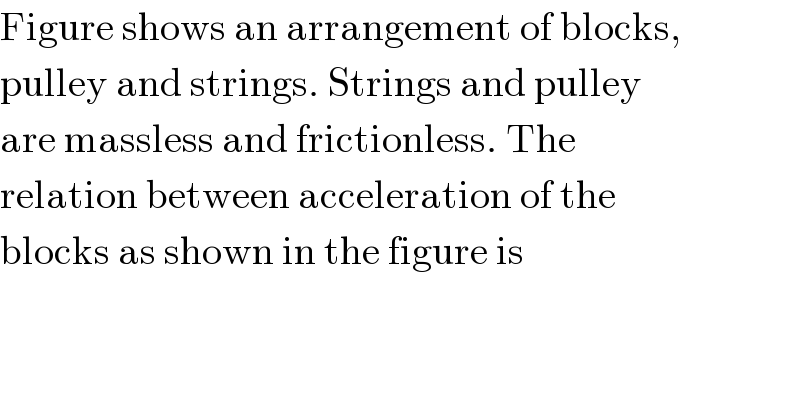
Commented by Tinkutara last updated on 14/Sep/17
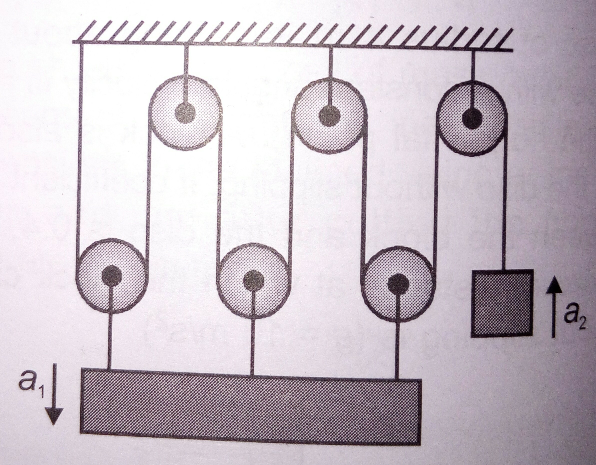
Commented by mrW1 last updated on 14/Sep/17
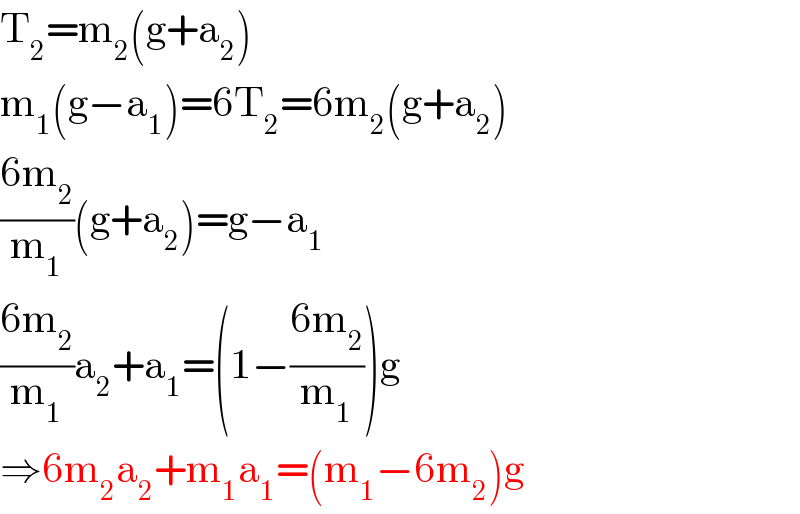
Commented by Tinkutara last updated on 15/Sep/17

Commented by Tinkutara last updated on 14/Sep/17

Commented by mrW1 last updated on 15/Sep/17
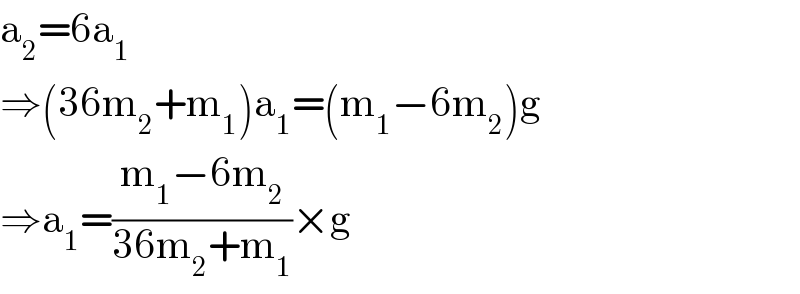
Commented by ajfour last updated on 15/Sep/17
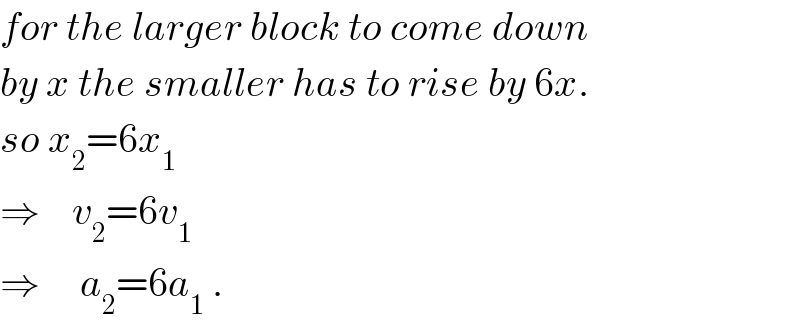
Commented by Tinkutara last updated on 15/Sep/17

